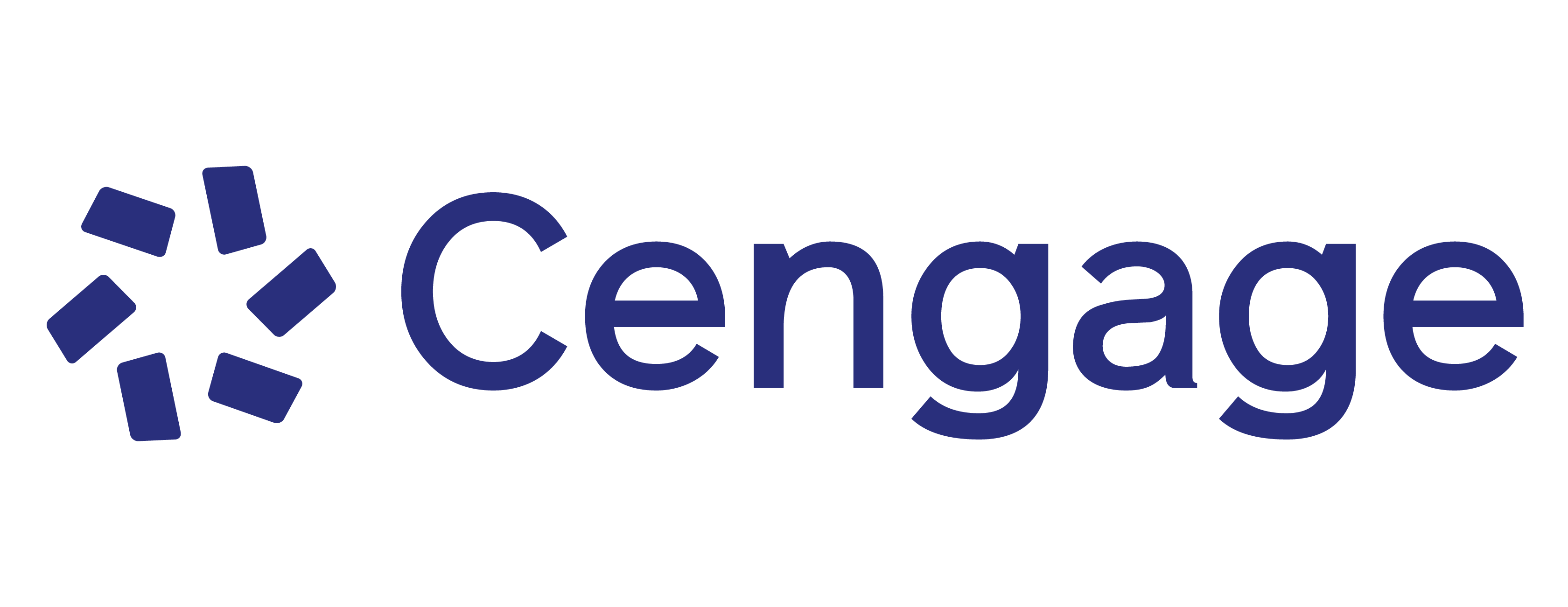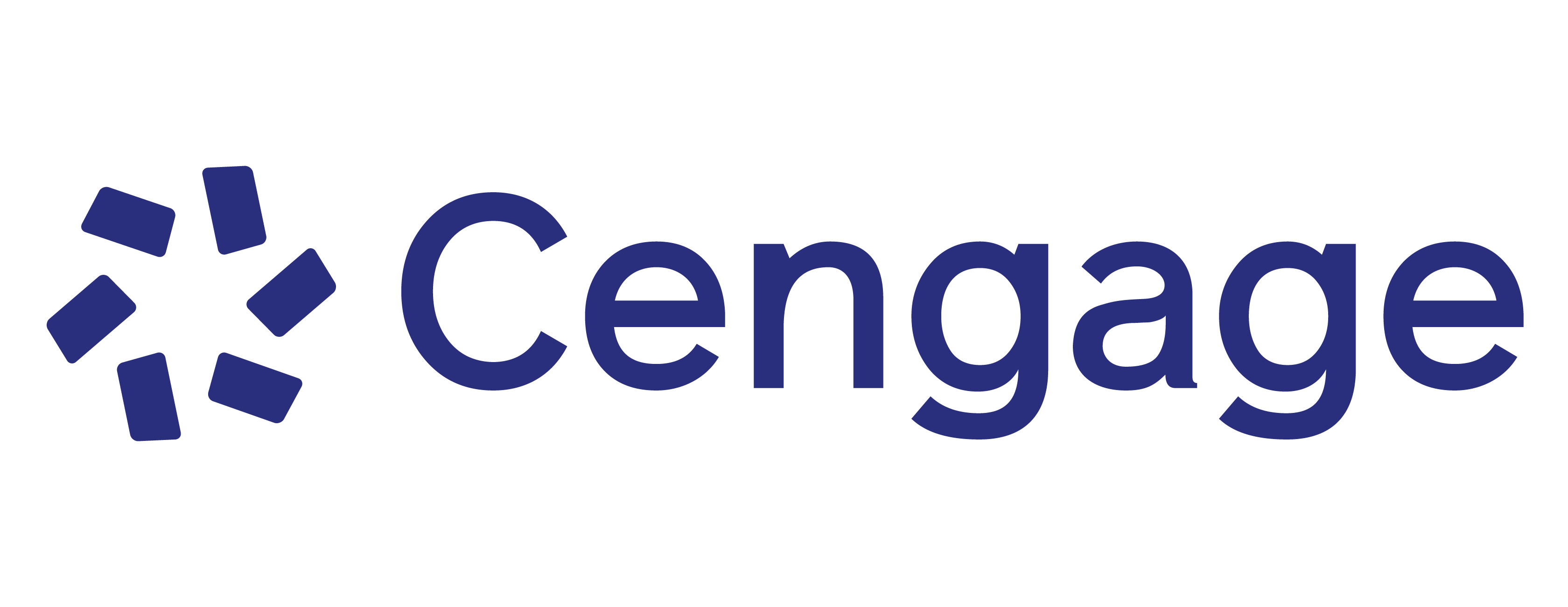This streamlined, readable account of human development gives you the conceptual foundations that enable you to become an educated and critical interpreter of developmental information. ESSENTIALS OF HUMAN DEVELOPMENT: A LIFE-SPAN VIEW, 2nd Edition offers an introduction to relevant research and its application to important issues in life-span development. In addition, the text emphasizes the application of human development research across diverse professional settings. If you're pursuing a career related to psychology, education, health, or human sciences -- be it as a nurse, physician, educator, psychologist, social worker, or another similar profession -- this text will show you how human development research can allow you to work more effectively with future patients, students, or clients. Succinct and filled with real-life examples that aid your understanding, it will capture your interest while introducing you to the essential issues, forces, and outcomes that make us who we are.
1. The Study of Human Development.
Part I: PRENATAL DEVELOPMENT, INFANCY, AND EARLY CHILDHOOD.
2. Biological Foundations: Heredity, Prenatal Development, and Birth.
3. Tools for Exploring the World: Physical, Perceptual, and Motor Development in Infancy and Early Childhood.
4. The Emergence of Thought and Language: Cognitive Development in Infancy and Early Childhood.
5. Entering the Social World: Socioemotional Development in Infancy and Early Childhood.
Part II: SCHOOL-AGE CHILDREN AND ADOLESCENTS.
6. Off to School: Cognitive and Physical Development in Middle Childhood.
7. Expanding Social Horizons: Socioemotional Development in Middle Childhood.
8. Rites of Passage: Physical and Cognitive Development in Adolescence.
9. Moving into the Adult Social World: Socioemotional Development in Adolescence.
Part III: YOUNG AND MIDDLE ADULTHOOD.
10. Becoming an Adult: Physical, Cognitive, and Personality Development in Young Adulthood.
11. Being With Others: Forming Relationships in Young and Middle Adulthood.
12. Work: Occupational and Lifestyle Issues in Young and Middle Adulthood.
13. Making It in Midlife: The Unique Challenges of Middle Adulthood.
Part IV: LATE ADULTHOOD.
14. The Personal Context of Later Life: Physical, Cognitive, and Mental Health Issues.
15. Social Aspects of Later Life: Psychosocial, Retirement, Relationship, and Societal Issues.
16. The Final Passage: Dying and Bereavement.
-
Robert V. Kail
Robert V. Kail is visiting professor of psychology at the University of Michigan and distinguished professor emeritus of psychological sciences at Purdue University. His undergraduate degree is from Ohio Wesleyan University and his Ph.D. is from the University of Michigan. Dr. Kail served as editor of both Child Development Perspectives and Psychological Science. He received the McCandless Young Scientist Award from the American Psychological Association, was named the Distinguished Sesquicentennial Alumnus in Psychology by Ohio Wesleyan University and is a fellow of the Association for Psychological Science. Dr. Kail has also written CHILDREN AND THEIR DEVELOPMENT and SCIENTIFIC WRITING FOR PSYCHOLOGY.
-
John C. Cavanaugh
John C. Cavanaugh is senior consultant for Pathseekers II Inc. and the former president and CEO of the Consortium of Universities of the Washington Metropolitan Area. His research interests focus on gerontology concerning family caregiving and the role of beliefs in older adults' cognitive performance. In addition to this text, he co-authored HUMAN DEVELOPMENT: A LIFE SPAN VIEW, 9th edition, with Rob Kail. Dr. Cavanaugh is a fellow of the American Psychological Association, the Association for Psychological Science and the Gerontological Society of America as well as a past president of the Adult Development and Aging Division (Division 20) of the APA. He received his undergraduate degree from the University of Delaware and his Ph.D. from the University of Notre Dame.
-
The text is updated with new graphics and hundreds of references to research completed in the last three years.
-
New, expanded, or significantly revised topics in Part I, "Prenatal Development, Infancy, and Early Childhood," include molecular genetics (Ch. 2); infants' face perception and development of theory of mind (Ch. 3); young children's understanding of robots, ways to help young children pay attention more effectively, the impact of parents' speech on language learning (Ch. 4); children's play with pets, the influence of oxytocin on helping, and gender differences in memory and effortful control (Ch. 5).
-
New material in Part II, "School Age-Children and Adolescents," discusses gifted children and children with ADHD (Ch. 6); spanking, genetic influences on parenting, prejudice, the influence of computers (Ch. 7); the impact of pubertal timing and the factors that contribute to obesity (Ch. 8); and dating violence (Ch. 9).
-
Part III, "Young and Middle Adulthood," and Part IV, "Late Adulthood," include up-to-date discussions of online dating, the hookup culture, same-sex marriage, parenting (Ch. 11); Sheryl Sandberg's concept of women "leaning in," occupational expectations (Ch. 12); mindfulness-based stress reduction (Ch. 13); chronic diseases such as diabetes, genetics and biomarkers of Alzheimer's disease, chronic traumatic encephalopathy (Ch. 14); the death with dignity debate, and new ways of diagnosing persistent vegetative state (Ch. 16).
-
New topics in the Spotlight on Research feature, which highlights studies related to text discussions, include the stability of intelligence from childhood to late life (Ch. 1); links between maternal depression and children's behavior (Ch. 2); infants' grasping (Ch. 3); children's perceptions as to whether behavioral and physical properties of boys and girls are inherent and stable (Ch. 5); ways to make tests less threatening (Ch. 6); programs for preventing eating disorders (Ch. 8); whether prevention programs prevent dating abuse (Ch. 9); and the costs of holding in grief (Ch. 15).
-
A new Real People feature in Chapter 16 spotlights Brittany Maynard, the 29-year-old who ended her life through physician-assisted suicide in Oregon in late 2014. This feature provides an opportunity to discuss the right to die movement and the ethical issues involved.
-
The text is updated with new graphics and hundreds of references to recent work. New material in Parts I and II discusses ways to help young children pay attention more effectively, the impact of parents' speech on language learning, children's play with pets, spanking, genetic influences on parenting, the influence of computers, the factors that contribute to obesity, and dating violence.
-
Part III, "Young and Middle Adulthood," and Part IV, "Late Adulthood," include up-to-date discussions of online dating, the hookup culture, same-sex marriage, parenting, Sheryl Sandberg's concept of women "leaning in," mindfulness-based stress reduction, biomarkers of Alzheimer's disease, chronic traumatic encephalopathy (a condition resulting from repeated brain concussions), and new ways of diagnosing persistent vegetative state.
-
New topics in the Spotlight on Research feature include the links between maternal depression and children's behavior (Ch. 2); ways to make tests less threatening (Ch. 6); programs for preventing eating disorders (Ch. 8); whether prevention programs prevent dating abuse (Ch. 9); and the costs of holding in grief for the sake of a partner (Ch. 15).
-
A new Real People feature in Chapter 16 spotlights Brittany Maynard, the 29-year-old who ended her life through physician-assisted suicide in Oregon in late 2014. This feature provides an opportunity to think about the right to die movement and the ethical issues involved. Another Real People feature in Chapter 15 profiles rock legend Pete Seeger as an example of successful aging by nature of his lifelong influence on music and social justice.
-
The text follows a chronological approach, with coverage that is evenly divided among adolescence, adulthood, and aging to provide a richer and more complete description of human development. The text periodically provides topical treatment for key topics. It text also adopts the biopsychosocial framework to organize and tie themes together.
-
Features include Linking Research to Life boxes that show how findings from research can be used to improve human development throughout the life span; Spotlight on Research boxes that help students understand the science and scope of life-span development; Real People: Applying Human Development boxes that illustrate how a development issue is manifested in the life of a real person; and Human Development in Action features, which encourage students to imagine themselves in a specific professional setting and apply knowledge of human development to a specific problem.
-
Learning Objectives, followed by brief vignettes, open the major sections in each chapter. Each major section is numbered for easy assignment and concludes with concept-reinforcing Test Yourself sections (with answers provided upside down for immediate feedback). Summaries are organized around the Learning Objectives, reinforcing key concepts.
-
Up-to-date findings and references introduce students to the perspectives of those who are currently shaping the field and those who pioneered it. The inclusion of many diversity examples makes the material appealing to the broadest possible range of students. In addition, a diversity and neuroscience index precedes Chapter 1.
-
The text follows a chronological approach, with coverage that is evenly divided among adolescence, adulthood, and aging to provide a rich and complete description of human development. The text periodically provides topical treatment for key topics. It also adopts the biopsychosocial framework to organize and tie themes together, thereby making it easier for you to absorb and comprehend the material.
-
Features include Linking Research to Life boxes that show how findings from research can be used to improve human development throughout the life span, Spotlight on Research boxes that help you understand the science and scope of life-span development, and Real People: Applying Human Development boxes that illustrate how a development issue is manifested in the life of a real person.
-
Human Development in Action features (in the margins) encourage you to imagine yourself in a specific professional setting and to apply knowledge of human development to a specific problem. This feature helps you develop your skills in interpreting developmental information, which may be useful in your career.
-
To facilitate your study and grasp of the material, Learning Objectives, followed by brief vignettes, open the major sections in each chapter. Each major section concludes with concept-reinforcing Test Yourself sections (with answers provided upside down for immediate feedback). Summaries are organized around the Learning Objectives, reinforcing key concepts. Key terms appear in colorized boldface type when introduced, making it easy for you to locate them as you review and prepare for tests.
-
Up-to-date findings and references introduce you to the perspectives of those who are currently shaping the field and those who pioneered it. Many diversity examples are included, and a diversity and neuroscience index precedes Chapter 1.
Cengage Testing, powered by Cognero® for Kail/Cavanaugh's Essentials of Human Development: A Life-Span View
9781305677159
Cengage Testing, powered by Cognero® for Kail/Cavanaugh's Essentials of Human Development: A Life-Span View, Instant Access
9781305677142
Online Instructor's Resource Manual for Essentials of Human Development: A Life-Span View, 2nd
9781305871113
Online PowerPoints for Essentials of Human Development, 2nd
9781305871120
VitalSource eBook: Essentials of Human Development 12 Months
9788000007014
MindTap: Essentials of Human Development 12 Months
9781337018890


